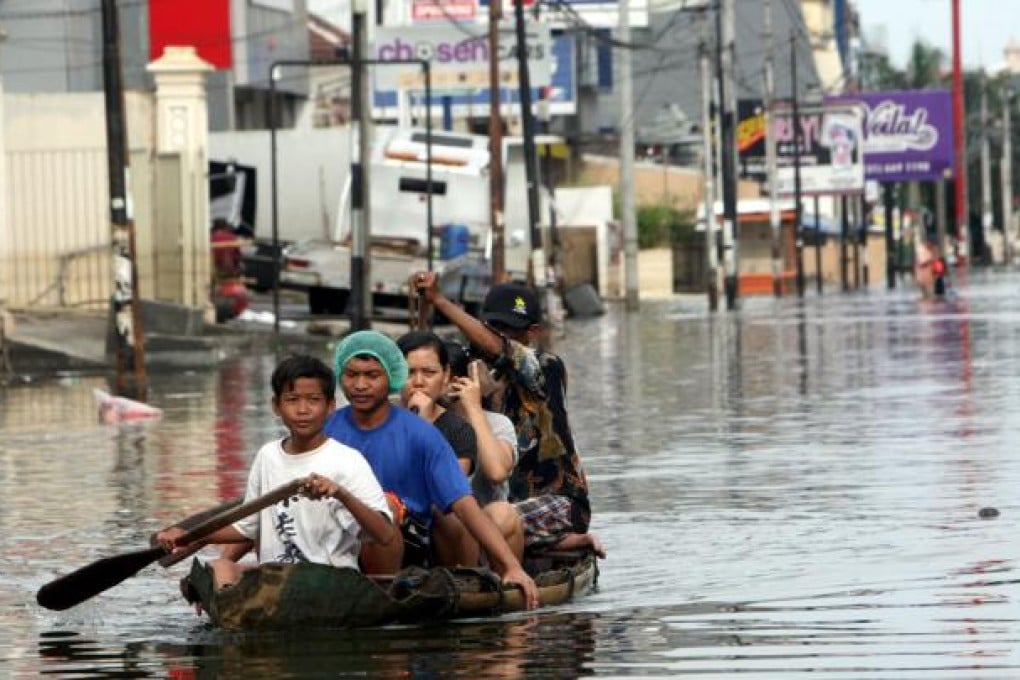Storm brewing in Asia's mega-cities
The floods in Jakarta were typical of what Asia's mega-cities have experienced or face. Like the region's other big urban centres, the city of 10 million people is in a low-lying, coastal, area. Poor strategic planning, little investment in infrastructure and corruption and a lack of political will have created significant vulnerabilities to climate change. Inadequate availability of water and sewage systems, severe traffic snarls and slums are everyday realities. When the high temperatures, heavy downpours and sea surges come, chaos, lost productivity, devastation and tragedy are inevitable.

Jakarta is no stranger to devastating floods. Those earlier this month that killed at least 20 people and left 50,000 homeless were the third of significant scale in the past decade. But the Indonesian capital is not alone in its struggle to deal with the effects of rapid urbanisation and threats posed by global warming. Its travails follow on the heels of deluges in Beijing last year, Bangkok in 2011 and Manila in 2009 that all were the worst in decades. Across Asia, the risks and infrastructure strains will grow and spread as ever-greater numbers of people move from rural areas to cities.
The floods in Jakarta were typical of what Asia's mega-cities have experienced or face. Like the region's other big urban centres, the city of 10 million people is in a low-lying, coastal, area. Poor strategic planning, little investment in infrastructure and corruption and a lack of political will have created significant vulnerabilities to climate change. Inadequate availability of water and sewage systems, severe traffic snarls and slums are everyday realities. When the high temperatures, heavy downpours and sea surges come, chaos, lost productivity, devastation and tragedy are inevitable.
Rising urbanisation means more people will be vulnerable. In 2007, more than half the world's population for the first time lived in urban areas, and the UN Population Fund predicts that by 2030 the figure will have risen to 60 per cent. By then Asia will have more than half the world's mega-cities, many in tropical areas or on floodplains. Climate scientists contend that such locations are where temperatures and rainfall intensity are most likely to increase. They say Jakarta, Manila, Bangkok, Ho Chi Minh City and Mumbai are among the most at risk.
But the problems are not intractable. Solutions require deciding whether to build stronger defences, adapt to the risks or move to safer ground. The wealthier a city gets and the more affluent its people become, the higher the chances of implementation. Ultimately, though, protection against the ravages of climate change requires good governance, vision and well-funded infrastructure.
